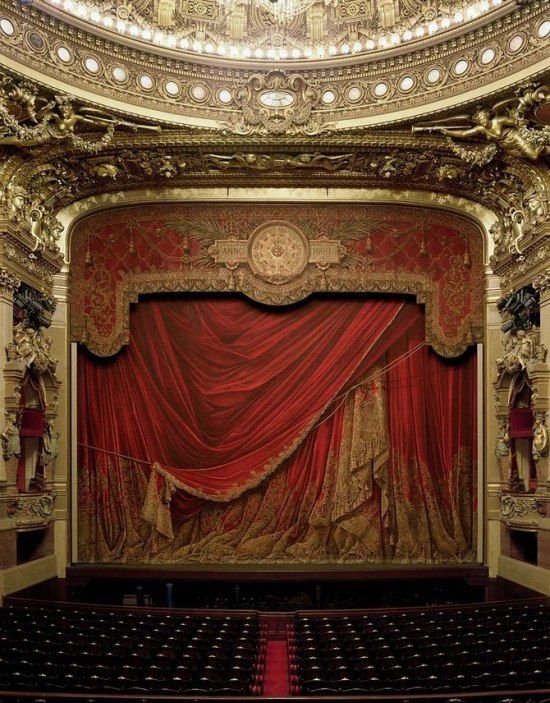|
|
Opera Houses Around The World
|
In the 17th and 18th centuries, opera houses were often financed by rulers, nobles, and wealthy people who used patronage of the arts to endorse their political ambitions and social positions or prestige. With the rise of bourgeois and capitalist social forms in the 19th century, European culture moved away from its patronage system to a publicly supported system. In the 2000s, most opera and theaters raise funds from a combination of government and institutional grants, ticket sales and, to a smaller extent, private donations.
Since many operas are large-scale productions, opera houses are usually large – generally more than 1,000 seats and often several thousand seats. Traditionally, Europe's major opera houses built in the 19th century contained between about 1,500 to 3,000 seats, examples being Brussels' La Monnaie (after renovations, with 1,700 seats), Odessa Opera and Ballet Theater (with 1,636), Paris' Opéra Garnier (with 2,200) and the Royal Opera House in London (with 2268). Modern opera houses of the twentieth century such as New York's Metropolitan Opera (with 3,800) and the San Francisco Opera (with 3,146) are larger. Many operas do not require large-scale productions and may be presented in smaller theaters, such as Venice's La Fenice with about 1,000 seats.
|
|









